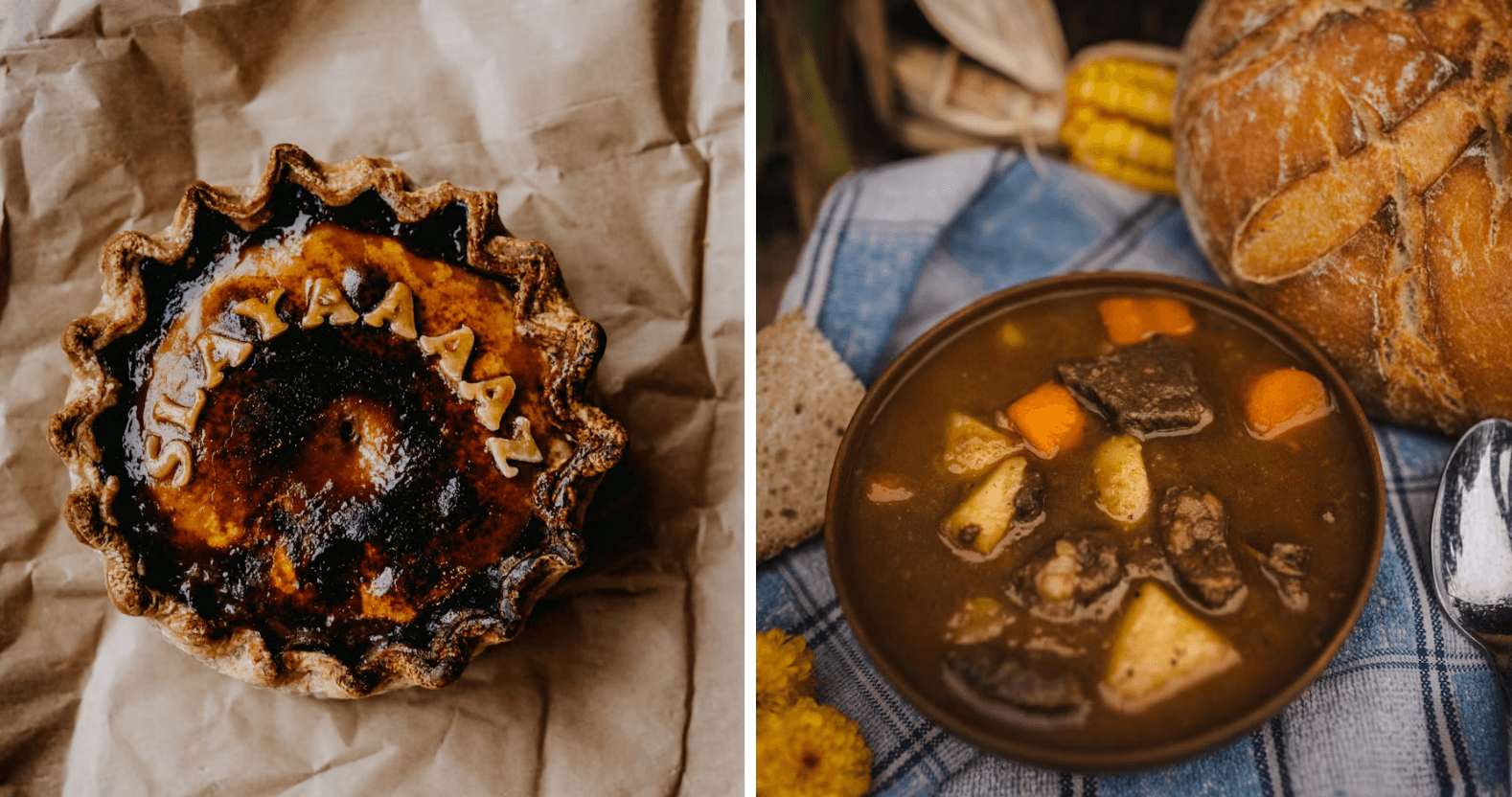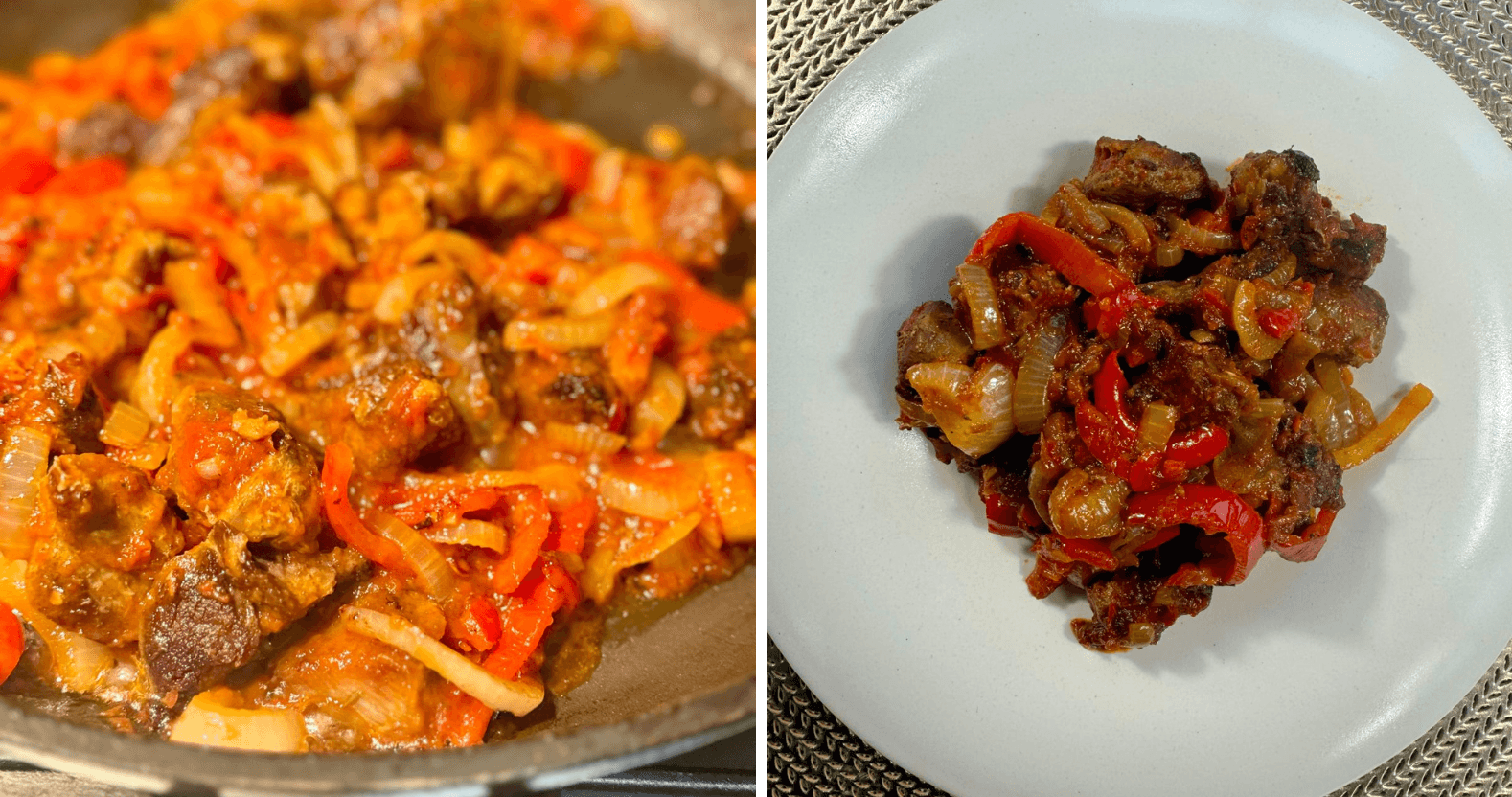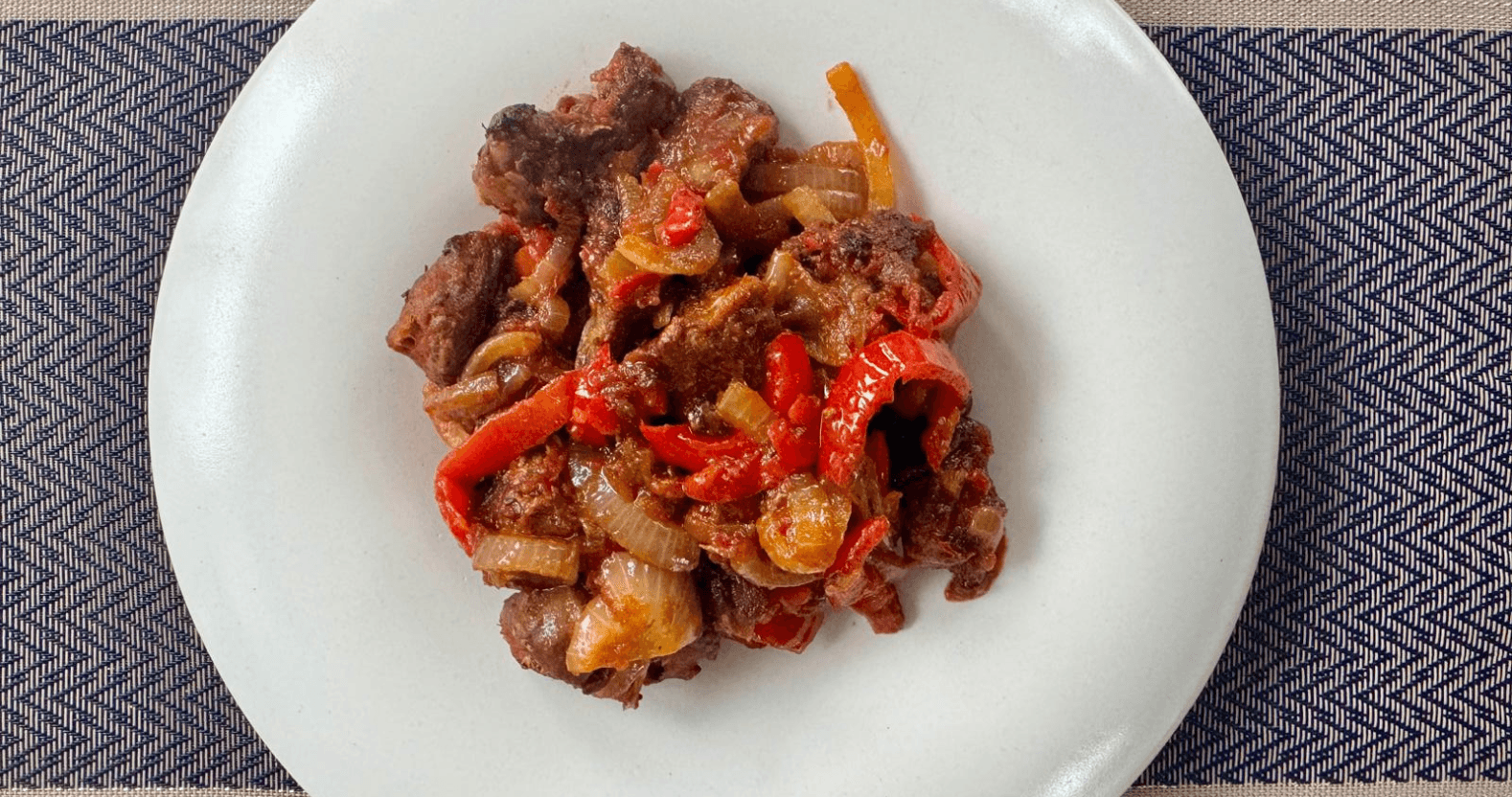Subscribe to trusted local news
In a time of both misinformation and too much information, quality journalism is more crucial than ever. By subscribing, you can help us get the story right.
- Subscription costs less than £1 a week with an annual plan.
Already a subscriber? Log in here.
09
Nov 2024
Yemi's Food Stories: are you ready for British Game Week?

Yemi Adelekan is a food writer and blogger who was a semi-finalist in the 2022 series of BBC TV’s Masterchef competition.
Every Saturday Yemi writes on the Stray Ferret about her love of the area’s food and shares cooking tips – please get in touch with her if you want her to review a restaurant, visit your farm, taste the produce you sell or even share a recipe.
For many chefs, the autumn season means British Game Week, an exciting time to showcase underused meat on their menus.
This annual event, celebrated in November, shines a spotlight on the rich, diverse flavours of game meat, championing the unique ingredients that have been part of Britain’s culinary heritage for centuries.
Growing up in Nigeria, my father hunted for wild animals like rabbits and hedgehog, so game was part of our diet. Hoewever, some people find the taste overpowering - 'gamey' isn't always a descriptive word that is used positively.
But what exactly is game?
Game refers to wild animals that are hunted for food. It ranges from small birds like pigeon and partridge to larger animals like venison.
Game meat, being leaner and often free-range, has a unique flavour profile. It can be a more eco-friendly choice, with lower food miles.

(Image: Unsplash)
Exploring British game
Venison: From the wild deer, venison has a rich, almost sweet flavour and a tender texture. It’s often recommended for those new to game, as it’s less gamey and easier to adapt to traditional beef recipes. Venison steaks, burgers, or a tender roast can be a good entry point.
Pheasant: Pheasant has a delicate, mild flavour compared to other game birds. Its lean meat is similar in taste to chicken, making it accessible for those who haven’t tried game before. It’s perfect roasted, wrapped in bacon, or even in a casserole.
Partridge: Smaller and slightly sweeter than pheasant, partridge is another great choice for newcomers to game. It has a tender, light meat that pairs beautifully with apples, herbs, and root vegetables. It needs to be cooked pink so might not be to everyone’s taste.
Rabbit: Often used in stews and pies, rabbit meat is delicate and tender, with a mild flavour reminiscent of poultry. It’s a versatile game meat that pairs well with creamy sauces and fresh herbs. I cook my rabbit by broiling it with spices until tender and I grill the meat before finishing it in a tomato, onions, ginger, garlic and red pepper sauce.
Wood Pigeon: Pigeon meat is dark, rich, and lean, making it perfect for bolder dishes. It has a strong, earthy taste that shines when pan-seared and paired with autumnal flavours like blackberries and juniper.

Are you game for game?
If you are new to game and fancy cooking it yourself, venison is a fantastic place to start. Its flavour is mild but distinctive, and it can be easily swapped into recipes you’d use for beef or lamb. You can sear it, grill or pan roast it finished with foamy butter to get some flavour around it.
Another option for game beginners is pheasant, which is slightly milder and closer to chicken in flavour and texture. These meats provide a gentle introduction to the world of game without the more pronounced flavours of wood pigeon or rabbit.
If you like a bit of spice and heat, broil your mixed game with fresh herbs, salt and aromatic spices until tender. Drain and fry in a small amount of oil.
Remove once golden. Fry sliced onions, peppers, chilli and grated ginger and garlic in the oil. Season and return the meat into the pan. Toss and cook for a few minutes allowing the ingredients to come together. Serve with flat bread, couscous, or rice.
If you prefer a more traditional dish, a mixed game stew is a good option. This rustic recipe is the perfect introduction to British game. Using a variety of diced game meats creates a hearty, balanced flavour that isn’t overwhelming but still delivers the warmth and depth of a traditional game dish.

Mixed game stew with root vegetables
Preparation time: 20 minutes | Cooking time: 1 hour 30 minutes | Serves: 4
Ingredients:
- 200g diced venison.
- 200g diced pheasant.
- 200g diced rabbit or partridge.
- 2 tbsp rapeseed oil.
- 1 large onion, diced.
- 2 carrots, chopped.
- 2 parsnips, chopped.
- 2 cloves garlic, minced.
- 1 tbsp fresh thyme leaves (or 1 tsp dried).
- 1 bay leaf.
- 1 tbsp tomato puree.
- 500ml chicken or game stock.
- 200ml red wine (optional, for depth).
- Salt and pepper, to taste and and fresh parsley, for garnish.
Method:
- Heat 1 tablespoon of rapeseed oil in a large pot over medium heat. Add the diced game meat, in batches if necessary, and brown on all sides. Transfer the meat to a plate and set aside.
- In the same pot, add another tablespoon of oil. Add the diced onion, carrots, and parsnips. Sauté until softened, about 5 minutes. Add the garlic and cook for an added minute.
- Stir in the tomato puree and cook for a minute. Return the browned meat to the pot. Add the thyme, bay leaf, stock, and red wine (if using). Season with salt and pepper.
- Bring to a boil, then reduce the heat to low. Cover and simmer for 1 hour, or until the meat is tender and the flavours have melded together.
- Serve the stew in bowls, garnish with fresh parsley, and serve with cauliflower-rice or creamy mashed potatoes.
0